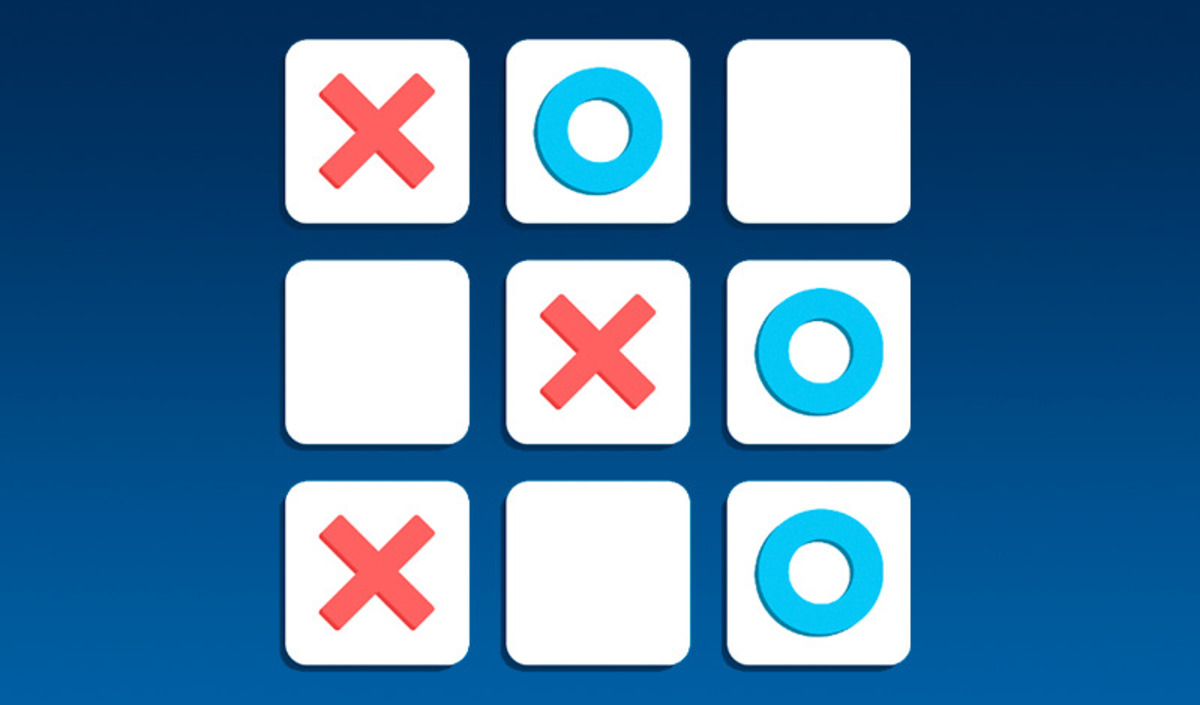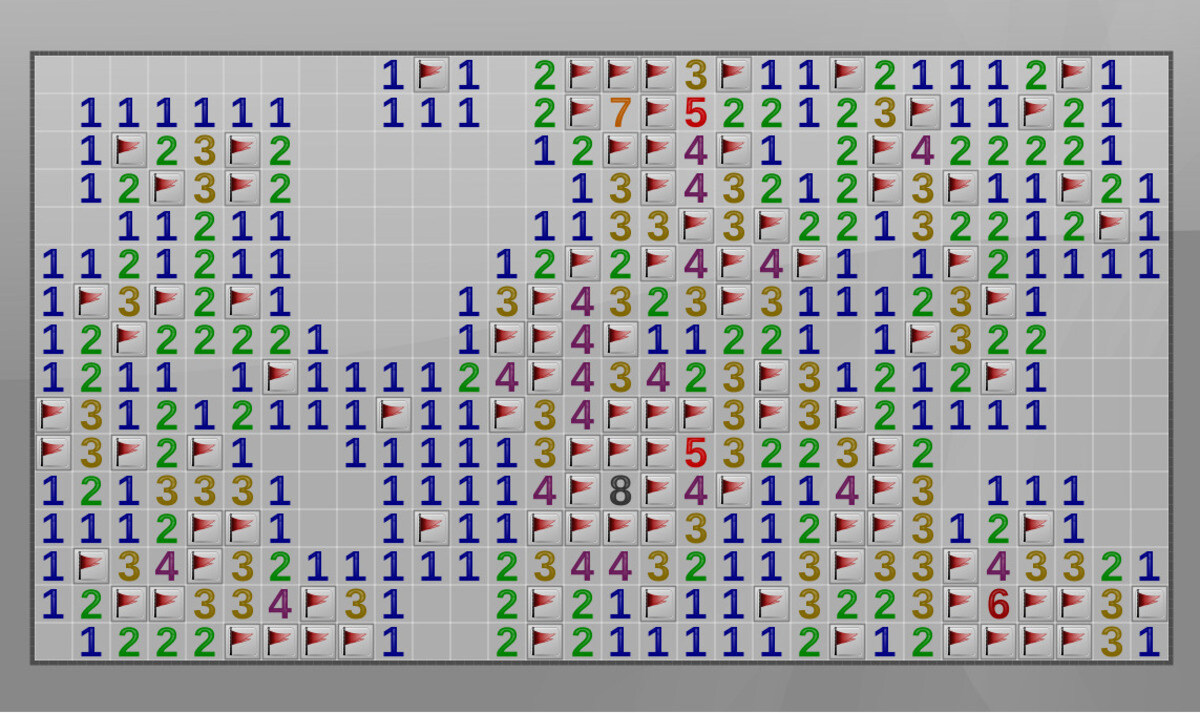Why Tic Tac Toe Matters in Everyday Play
Tic Tac Toe is one of the first games most people learn at a young age. It’s short, quick, and doesn’t require special materials—just a piece of paper and a pen will do. That’s why it has become a favorite pastime at school, at home, or while traveling.
The game has simple mechanics, but Tic-Tac-Toe holds lessons in strategy, patience, and reading your opponent’s moves. Many begin playing it as a game of luck, but over time, they learn how to move with purpose.
Its value doesn’t lie in who wins. Instead, it lies in building connection—between friends, parents and children, or teachers and students—through a game that’s simple but deeply engaging.
Simple Rules of the Game
Three horizontal lines, three vertical lines, and two diagonals make up the 3×3 grid of Tic Tac Toe. One player uses “X,” the other “O.” For beginners: players alternate turns, and the first to align three symbols in a row wins.
At first glance, it may not seem challenging. But every game presents new ways to win or block your opponent. In some situations, each move reveals a strategic layer, especially by the second or third turn.
This type of gameplay isn’t just for fun. It also helps develop organized thinking and quick decision-making, even for children who are still in school.
A Game That Crosses Generations
One of Tic Tac Toe’s unique qualities is that anyone can play it, regardless of age. It’s easy to teach to kids but never boring for adults. It’s played during school breaks or by couples waiting for food at a restaurant.
What’s great is that it never goes out of style. Even with more colorful and fast-paced mobile games around, the simple three-by-three grid remains familiar and comfortably playable.
For some families, it’s part of bonding time. Sometimes, it’s even used as a way to teach children about good sportsmanship—that it’s not always about winning, but about playing fairly.
Quick Yet Valuable Mental Exercise
A round of Tic Tac Toe only lasts a few minutes. But in that short time, your mind is actively anticipating your opponent’s moves, choosing positions, and building a strategy.
Even with repeated play, it doesn’t easily get boring because there’s always a new combination of moves. Sometimes, what seems like a simple game turns into a serious battle of wits between two sharp, competitive friends.
For parents and teachers, it becomes a tool to sharpen children’s logic and pattern recognition—without them even realizing they’re learning while playing.
Why Most Games End in a Draw
One amusing aspect of Tic Tac Toe is how often games end in a tie. Once both players learn the right moves, most games result in no winner and no loser.
But that doesn’t make the game pointless. On the contrary, it highlights the importance of initiative at the start of the game. Usually, the first move provides an advantage if used wisely.
It has also come to symbolize balance—a game where both players have equal chances, and the outcome often depends on alertness and strategy, not just luck.
Tic Tac Toe as a Foundation for Complex Games
Many modern computer and board games are built on principles rooted in Tic Tac Toe. Concepts like pattern recognition, turn-taking, and blocking are used in games like chess, Connect Four, and even some mobile puzzle games.
Even in programming, Tic Tac Toe is often the first project for teaching beginners how to design game logic, store data on a grid, and check for wins or draws.
In this way, the game becomes a foundation for bigger ideas—a testament that even a simple game, perhaps created by a bored student in class, can have surprising depth.
Common Winning Strategies
Veteran players of Tic Tac Toe often have their own styles. Starting in the center is usually seen as the best first move, as it opens up the most possible directions for a win.
The next level is reading your opponent’s moves—figuring out where they’ll likely go next and how to block them. This type of thinking is also useful in real life when quick decisions are needed.
Even without a prize, winning with a smart plan gives a small victory for the day. No need for a grand arena—sometimes, all you need is paper, a pen, and a sharp mind.
Tic Tac Toe in the Digital World
In an age when almost everything is online, Tic Tac Toe hasn’t been left behind. There are now apps, websites, and even AI opponents to play against. It’s exciting to see a game once played on paper now part of the digital world.
It has become more interactive—with multiplayer features, custom boards, and themed versions with colorful graphics. Yet despite the add-ons, the original gameplay remains, continuing to delight players then and now.
Even in digital form, the game’s essence hasn’t changed. This proves that the true value of a game lies in the interaction between players—not just the platform it’s played on.
Behind the Symbols “X” and “O”
The “X” and “O” are not just arbitrary symbols. In the psychology of the game, their shapes and contrast make them easy for the eye to recognize, making the game accessible even to young children.
Through the visual simplicity of these symbols, clarity in gameplay shines through. Nothing more, nothing less. It’s a reminder that in the midst of many complex modern games, sometimes the most effective are the plain and clear ones.
These letters have also become symbols of friendly challenge, childhood memory, and countless moments spent trying to make three in a row.
The Enduring Life of Tic Tac Toe
Even as digital distractions multiply, Tic Tac Toe lives on in notebook margins, whiteboards, and mobile screens. It doesn’t require a tutorial or an app install to understand.
Its presence in everyday casual interaction shows the strength of a simple idea. You don’t have to be a gamer to appreciate it. It’s just a game of “X” and “O,” but in the right moment, it brings smiles, laughter, and connection.
And among the many games that have come and gone, it remains a timeless classic that never goes out of style.



